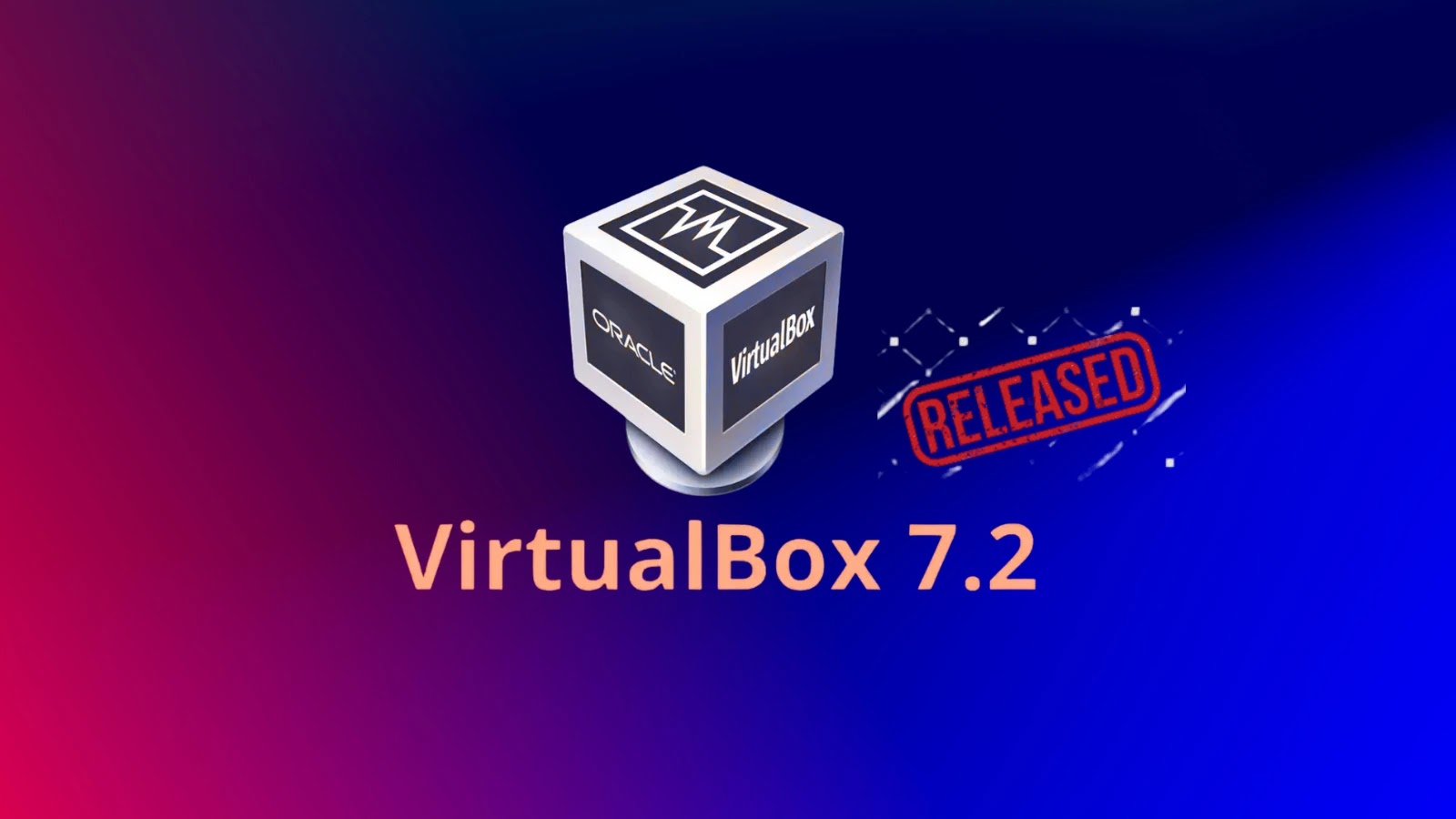Oracle has unveiled VirtualBox 7.2, a significant update to its widely-used open-source virtualization platform. This release introduces full support for Windows 11/Arm virtual machines, a redesigned user interface, and numerous performance enhancements and bug fixes. These developments mark a substantial advancement in cross-platform virtualization, particularly benefiting the expanding Arm-based computing ecosystem while maintaining robust support for traditional x86_64 architectures.
Revamped User Interface
One of the most noticeable changes in VirtualBox 7.2 is the complete overhaul of its user interface. The development team has relocated global and virtual machine (VM) tools from traditional hamburger menus to a more accessible global tools taskbar positioned vertically on the left side of the interface. Complementing this, VM tools tabs are now displayed horizontally above the right-hand panel. This restructuring addresses longstanding user experience concerns, enhancing tool accessibility and workflow efficiency.
Additional interface refinements include improvements to the Preferences and Settings pages with enhanced Native Language Support (NLS) fixing, better handling of keyboard LEDs in the Soft Keyboard feature, and the addition of a checkbox for making Shared Folders global across all virtual machines. The clone VM wizard has also received critical bug fixes that previously prevented users from including snapshots in clone operations, addressing issues reported by the user community.
Enhanced Windows/Arm Support
A standout feature of VirtualBox 7.2 is its comprehensive support for Windows/Arm hosts, now included in the unified Windows installer package. This implementation enables Arm virtualization of VMs and specifically supports Windows 11/Arm guest systems, complete with dedicated Guest Additions for the new OS type. The Windows/Arm guest environment now includes a Windows Display Driver Model (WDDM) Graphics driver supporting both 2D and 3D rendering modes, alongside full Shared Folder functionality.
For macOS Arm hosts, VirtualBox 7.2 introduces experimental 3D acceleration support using DXMT technology, replacing the previous non-functional solution that relied on DXVK over MoltenVK. However, this update notably removes 3D acceleration support for macOS hosts using Intel CPUs.
The Virtual Machine Manager (VMM) has received substantial improvements for both x86_64 and Arm CPU feature reporting when utilizing Windows Hyper-V as the virtualization engine, including enhanced xsave/xrestor instruction handling and support for x86_64-v3 instruction set extensions featuring AVX and AVX2 capabilities.
Performance Enhancements and Bug Fixes
VirtualBox 7.2 addresses numerous critical issues across multiple subsystems. The VMM/Hardware Management (HM) component now properly supports Nested Virtualization on Intel CPUs, while the graphics subsystem avoids assertions when guests attempt to use VMSVGA 3D functions with disabled features.
Storage improvements include fixes for Virtual Machine Disk (VMDK) image corruption during resizing operations and the integration of NVMe storage controller emulation into the open-source base package.
Network functionality has received comprehensive attention, with multiple Network Address Translation (NAT) fixes improving DNS server handling and VM settings preservation. The Trusted Platform Module (TPM) implementation now properly handles save state operations, enhancing security and reliability.
Additional Notable Features
– Unified Windows Installer: The inclusion of Windows/Arm support in the unified installer simplifies the installation process for users across different architectures.
– Improved Graphics Support: The introduction of a WDDM Graphics driver for Windows/Arm guests enhances visual performance and compatibility.
– Experimental 3D Acceleration on macOS Arm Hosts: The adoption of DXMT technology offers improved 3D rendering capabilities for users on macOS Arm platforms.
– Enhanced CPU Feature Reporting: Improved handling of CPU instructions and extensions ensures better performance and compatibility across various host and guest configurations.
Conclusion
VirtualBox 7.2 represents a significant milestone in Oracle’s commitment to providing a versatile and robust virtualization platform. By introducing full support for Windows 11/Arm virtual machines, revamping the user interface, and implementing numerous performance enhancements and bug fixes, this release caters to the evolving needs of both traditional x86_64 and emerging Arm-based computing environments. Users are encouraged to upgrade to VirtualBox 7.2 to take advantage of these new features and improvements.



